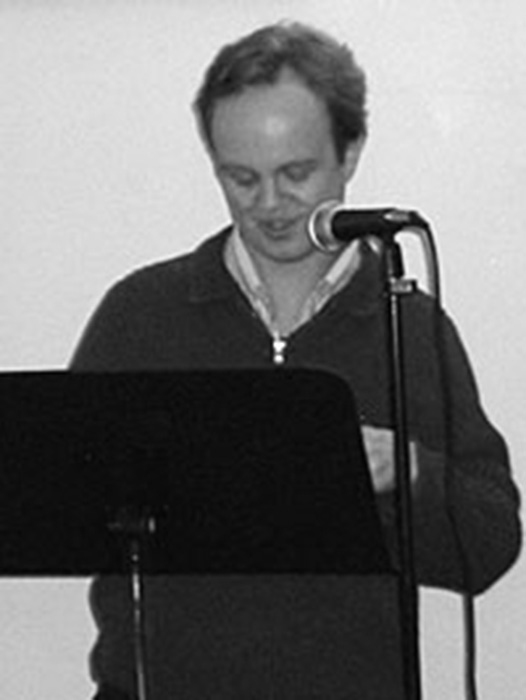Max Winter
Max Winter is the author of The Pictures, published by Tarpaulin Sky Press in 2007. His second book of poems, Walking Among Them, was published by Subpress in 2013. He co-edits the press Solid Objects, is the Editor-in Chief of Press Play, and is a Poetry Editor of Fence.


Max Winter
Max Winter is the author of The Pictures, published by Tarpaulin Sky Press in 2007. His second book of poems, Walking Among Them, was published by Subpress in 2013. He co-edits the press Solid Objects, is the Editor-in Chief of Press Play, and is a Poetry Editor of Fence.

The Pictures
by Max Winter
Poetry. 76 pages. Paperback. 2007
Distinct, clear, and free of flourishes, the poems in The Pictures examine war, boredom, death, love, decay, happiness, and worship through a series of moving and still images. In one poem, from a group of “moving” pictures, three soldiers bide their time in a barren landscape, awaiting destruction; in a “still” picture, a group of stones invite us to pay closer attention to them; in another still picture, a woman stands with her mouth open, fists clenched, words unimportant. Sight is unmysterious but wondrous in this book; the poems demonstrate that to look at something or to read it is to experience it, along with its attendant sadness or joy. The “pictures” collected here are communicative and profound, quick to read but long to develop.

The Pictures
by Max Winter
Poetry. 76 pages. Paperback. 2007
Distinct, clear, and free of flourishes, the poems in The Pictures examine war, boredom, death, love, decay, happiness, and worship through a series of moving and still images. In one poem, from a group of “moving” pictures, three soldiers bide their time in a barren landscape, awaiting destruction; in a “still” picture, a group of stones invite us to pay closer attention to them; in another still picture, a woman stands with her mouth open, fists clenched, words unimportant. Sight is unmysterious but wondrous in this book; the poems demonstrate that to look at something or to read it is to experience it, along with its attendant sadness or joy. The “pictures” collected here are communicative and profound, quick to read but long to develop.
A long-awaited debut by a promising younger poet. (Publishers Weekly) The Pictures . . . knows how to please; its breathy moments of profundity are tempered by an evenly handled attention to the landscape of the imagination…. Inherently fun to read. (Olivia Cronk, Bookslut) Subtle, thought-provoking. (Open Letters Monthly) Denial is combined with wonder, naïveté with all-knowingness. The seeming limitedness of this speaker, often failing to describe or know with certainty, creates a fascinating kind of realism, neither psychological nor precisely sur-. The Pictures is then both a good experiment and solid evidence that something new can still happen. It’s very much worth reading. (Lucy Ives, Octopus Magazine)
A long-awaited debut by a promising younger poet. (Publishers Weekly) The Pictures . . . knows how to please; its breathy moments of profundity are tempered by an evenly handled attention to the landscape of the imagination…. Inherently fun to read. (Olivia Cronk, Bookslut) Subtle, thought-provoking. (Open Letters Monthly) Denial is combined with wonder, naïveté with all-knowingness. The seeming limitedness of this speaker, often failing to describe or know with certainty, creates a fascinating kind of realism, neither psychological nor precisely sur-. The Pictures is then both a good experiment and solid evidence that something new can still happen. It’s very much worth reading. (Lucy Ives, Octopus Magazine)

